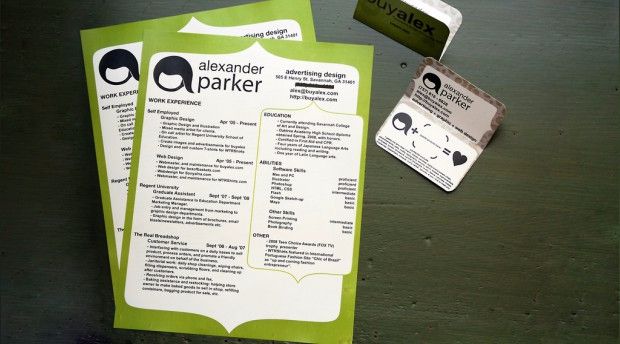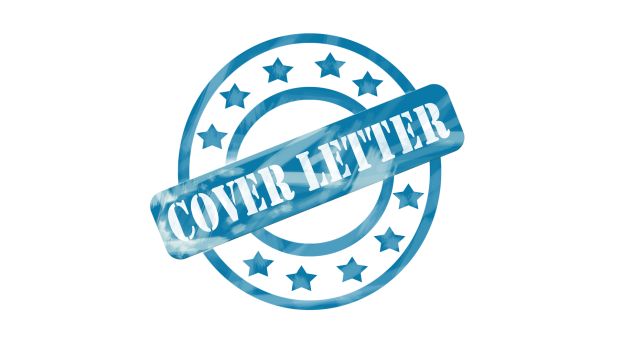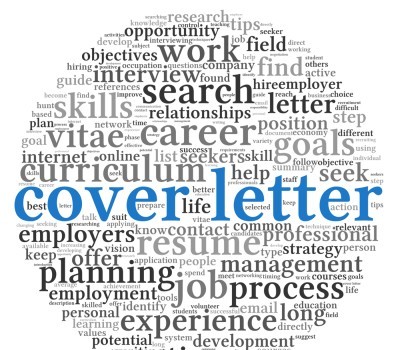6 Resume Guideline Changes You May Not Know
Post Views 494Summary: Resume rules and trends have probably changed since the last time you submitted an application. Learn what you can and cannot do any more to avoid making a big mistake.
When was the last time you wrote a resume? If you haven’t written one in over five years, then you will not know all the changes to what is expected in your resume. The restrictions on resumes from even a year ago have changed, especially in some industries. And considering that most resumes get put through a program to scan for its relevance to the job first means you need to be spot on to have a chance at an interview.
Assuming your resume is good enough to make it through the first round, the next round is even harder. Hiring managers admit that they spend about an average of six seconds looking at a resume to determine if it matches what they are looking for.
Make your selling points clear and easy to find for the reader. The first third of your resume should be like a snapshot with your career goals, qualifications, and contact information. Keep your name persistent on your resume, cover letter, social profiles, etc. so that the hiring manager is not confused about who you are. Include certifications or advanced degrees that are relevant to the job. This means if you have an RN but are applying for a museum curator job, the RN title is not worth highlighting. However, if you have an MBA and are applying for a position as a sales leader, the advanced degree is very relevant.
- Resumes aren’t restricted to just one page anymore
This can depend on your career and circumstances but generally speaking, it is not a problem if your resume goes past one page. Your resume should still be concise without any typos.
- Resumes should be tailored for every position and company
Turning in a generic resume is not going to cut it. Companies are looking for resumes that relate their industry and even company. Use the words and phrases from the job description in your resume to make it stand out to their computer screening program as a great match for what they are looking for.
- Provide the URL to your social profiles
Career-oriented profiles like LinkedIn are great ways to show the company a little extra about yourself. Change your LinkedIn URL to a custom one that is easy to type and find.
- Start with a personal branding statement or summary
Objectives are a thing of the past. Personal branding statements came from the marketing world, which makes sense since you are marketing yourself to the company. The summary or personal branding statement is a short snip-it of who you are and what you do. An example is “A focused and determined business leader with 10 years of experience leading sales teams in varying companies.”
- Keep your resume current
If you have been out of high school or college for quite a few years, don’t keep the activities from that time on your resume. If you are a recent graduate you can keep your graduation year on your resume. Otherwise, leave it off. When you make it passed the “young professional” stage, still including those details may expose you to age discrimination. Also, remove jobs that you had over 15 years ago to prevent you from being discriminated against because of your age.
- Save your resume as a PDF
Do not save your resume as a Word document. The formatting can change depending on what program is used to open it, messing up your resume and making you look bad.
What are some resume tips that you follow but don’t know why? Share them with us in the comments below.
To learn more about writing a resume, read these articles:
- How to Turn Past Jobs into Future Success on Your Resume
- Make Sure You Quote the Correct GPA on Your Resume
- Top 13 Skills to Have on Your Resume
Photo: flickr.com
6 Resume Guideline Changes You May Not Know by Amanda Griffin



 Addressing Unemployment
Addressing Unemployment  Make Your Cover Letters Relevant and Brief
Make Your Cover Letters Relevant and Brief  10 Tips for Writing a Resume that Gets Employers Interested
10 Tips for Writing a Resume that Gets Employers Interested  How to Create a Resume as a College Student
How to Create a Resume as a College Student  How to Write an Effective Cover Letter
How to Write an Effective Cover Letter  What Goes into a Medical Resume?
What Goes into a Medical Resume?  Creating a Compelling Summary Statement
Creating a Compelling Summary Statement  Make Sure You Answer These 3 Questions in Your Cover Letter
Make Sure You Answer These 3 Questions in Your Cover Letter